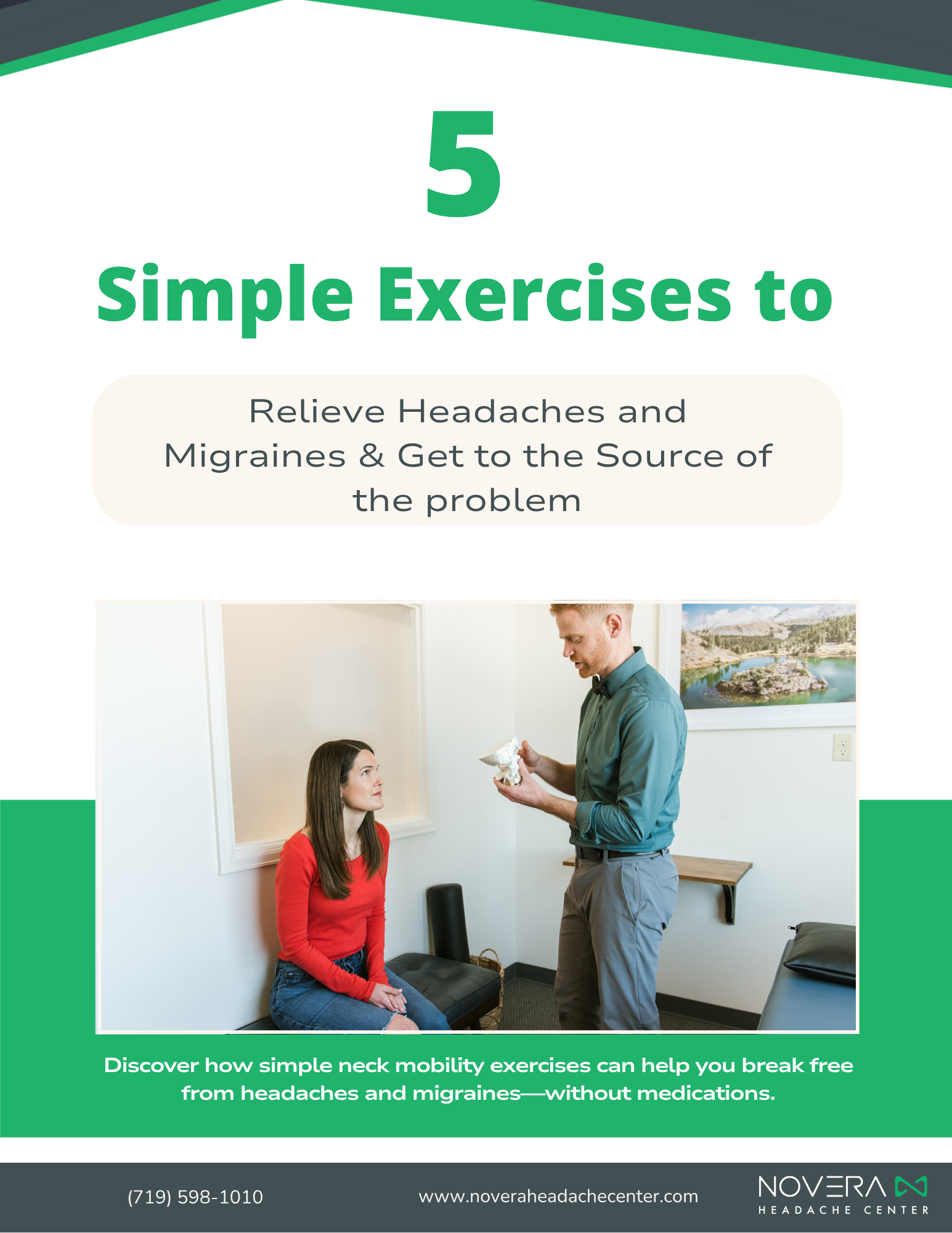When most people think of migraines, they imagine a throbbing headache, sensitivity to light, and maybe even nausea. But not all migraines follow this pattern. Abdominal migraines are a lesser-known but equally debilitating form of migraine, often presenting as stomach pain with no clear digestive cause. While they’re most common in children, adults can suffer from them too. Recent insights into the gut-brain connection, particularly the role of serotonin and the vagus nerve, are shedding light on why this happens—and more importantly, how treatment focused on the neck can bring relief.
What Are Abdominal Migraines?
Abdominal migraines are characterized by midline abdominal pain that comes and goes, sometimes accompanied by nausea, vomiting, and fatigue. The diagnosis typically comes after ruling out other gastrointestinal issues like IBS, Crohn’s disease, or food allergies. Most commonly found in children aged 6–9, they are listed in the pediatric category of the International Classification of Headache Disorders—but adults can experience them too.
Interestingly, many patients with abdominal migraines end up seeking migraine care and find themselves wondering: Why would a clinic focused on headaches care about my stomach pain?
The Neck’s Surprising Role in Gut Dysfunction
At Novera: Headache Center, treating the neck has shown successful results in resolving abdominal migraines. This may seem counterintuitive until you understand the cascade of events that starts with a pain signal from the upper neck—particularly the C1 and C2 vertebrae and the occiput—which leads to changes in brain chemistry, including a drop in serotonin levels.
This drop in serotonin sets off a chain reaction affecting not just the brain, but the gut, leading to nausea, slowed digestion, and increased gut sensitivity. When neck tension is reduced and proper joint mobility is restored, this initial pain signal is eliminated, halting the downstream effects on the gut.
The Gut-Brain Connection: Serotonin and the Vagus Nerve
Serotonin plays a crucial role in this story. Around 90–95% of the body’s serotonin is actually found in the gut, where it helps regulate motility (movement), sensitivity, and secretions. During a migraine, serotonin levels drop, contributing to both pain sensitivity in the brain and digestive disturbances.
This relationship is part of what’s known as the gut-brain axis—a two-way communication system between the central nervous system and the enteric nervous system (the “second brain” in your gut). One key player in this system is the vagus nerve, which travels from the brainstem through the neck and down to the abdomen.
The vagus nerve influences not only heart rate and mood, but also digestive function. When tension exists in the neck or upper spine, the vagus nerve can be mechanically compressed or irritated, compromising its ability to regulate digestion. This helps explain why neck issues can manifest as gut problems—and why resolving those neck issues often leads to improvements in abdominal symptoms.
Practical Tips for Supporting a Healthy Gut (and Reducing Migraine Risk)
Beyond neck treatment, there are everyday strategies to support your gut health, which in turn supports better brain health and pain regulation:
1. Eat Whole, Fiber-Rich Foods
-
Prioritize unprocessed foods like fruits, vegetables, whole grains, and legumes.
-
Avoid ultra-processed foods and added sugars, which feed harmful gut bacteria and promote inflammation.
2. Incorporate Probiotics and Fermented Foods
-
Yogurt, kefir, sauerkraut, kimchi, and kombucha can help restore a balanced gut microbiome.
3. Increase Natural Serotonin Production
-
Sunlight exposure (especially in the morning) helps regulate serotonin.
-
Regular exercise boosts serotonin production and also improves overall brain resilience to pain.
4. Stimulate the Vagus Nerve
-
Try deep breathing techniques like box breathing or simple humming.
-
Explore cold exposure (cold showers or plunges) to activate the parasympathetic nervous system.
-
Consider vagus nerve stimulation devices (under professional guidance) or manual therapy for the neck to relieve neural tension.
5. Prioritize Quality Sleep
-
Maintain a consistent sleep schedule and create a relaxing bedtime routine.
-
Avoid screens before bed and aim for 7–8 hours of quality sleep per night.
A Whole-Person Approach to Migraine Care
Abdominal migraines highlight the complexity of the human body—how a signal from the neck can impact brain chemistry, which then affects digestion. But the good news is that by understanding this intricate connection, we can approach migraine care from a more comprehensive and effective angle.
At Novera: Headache Center, we focus on addressing the root causes—often starting with the neck—to help patients break free from the cycle of migraines and medication. Whether through in-person physical therapy or virtual coaching, we’ve seen that even abdominal migraines can be resolved by restoring balance to the neck and supporting gut health.




